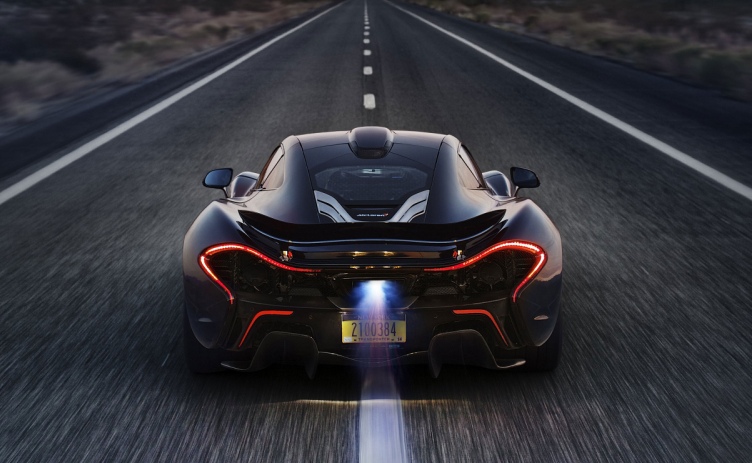Besides the F1, the McLaren P1 is arguably the most recognizable supercar from the brand.
McLaren celebrates the 10-year anniversary of the production version of the McLaren P1, which was unveiled at the 2013 Geneva Motor Show.
This hypercar has remained a landmark both for McLaren and for the development of high-performance hybrid vehicles, showcased by the all-new McLaren Artura. Let’s take a closer look at what made the McLaren P1 so remarkable and what its legacy is.
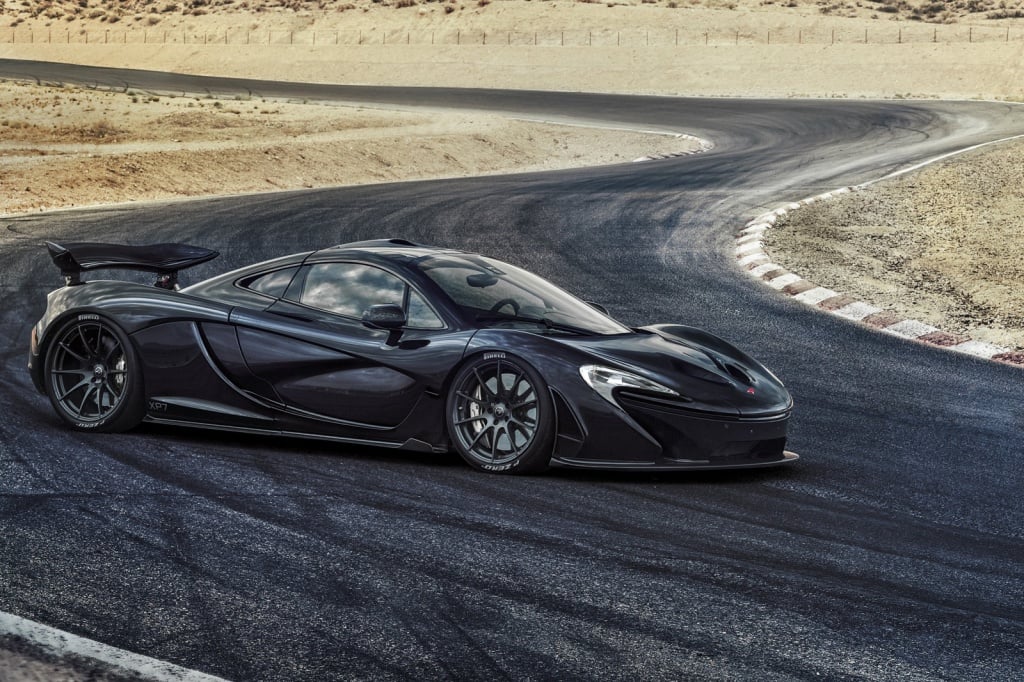
The McLaren P1 was created with the intention of being ‘the best driver’s car in the world on both road and track’. Its design and technical specifications provided the ideal foundation to deliver on this ambition.
A series of testing and development achievements during 2013 cemented the car’s credentials, including lapping the famous Nürburgring Nordschleife.
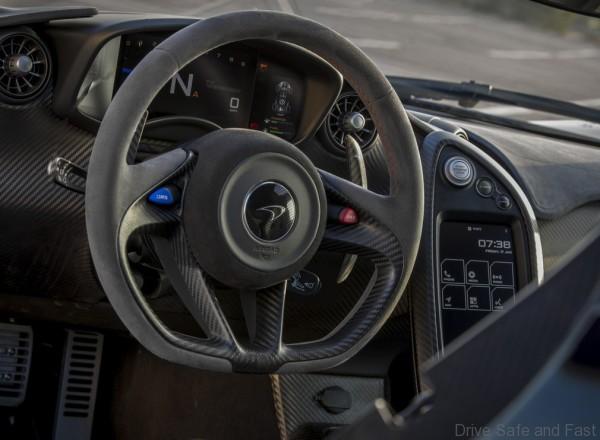
The McLaren P1 is powered by a 3.8-litre, twin-turbocharged M838TQ V8 engine combined with a lightweight electric motor. This gives a total of 916PS (903bhp) and levels of performance that were – and indeed remain – astonishing. It can go from 0-100km/h in 2.8 seconds, 0-200km/h in 6.8 seconds, and 0-300km/h in 16.5 seconds – a full five seconds quicker than the legendary McLaren F1.

A maximum speed of 350km/h adds to the appeal and reputation of the McLaren P1, but it was the instant throttle response and torque infill that conclusively proved that electrification could truly enhance modern turbocharged powertrains.
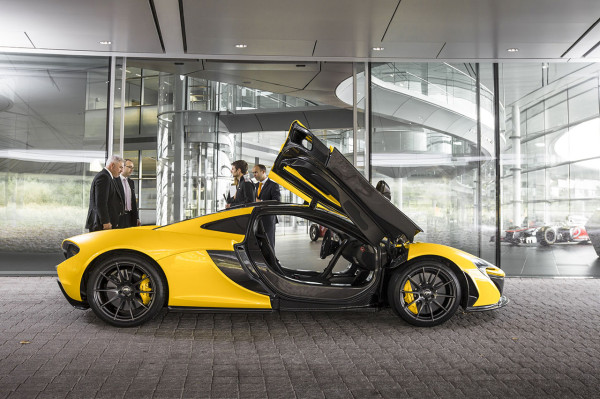
The McLaren P1 is underpinned by two of McLaren’s trademark strengths – low vehicle weight and aerodynamic excellence. The MonoCage carbon fibre monocoque with roof at the core of the McLaren P1 was a development of the MonoCell structure used in McLaren’s 12C supercar and key to optimizing mass in a vehicle with a dry lightest weight of just 1,395kg.
The carbon fibre body panels of the McLaren P1 comprise a large clamshell; single-moulded front and rear panels attached to the central MonoCage; two small access flaps in the rear; a front bonnet and the two doors. Weighing a total of only 90kg, the panels are extraordinarily thin but also very strong. The hybrid battery, which is mounted low inside the carbon fibre MonoCage, weighs just 96kg.
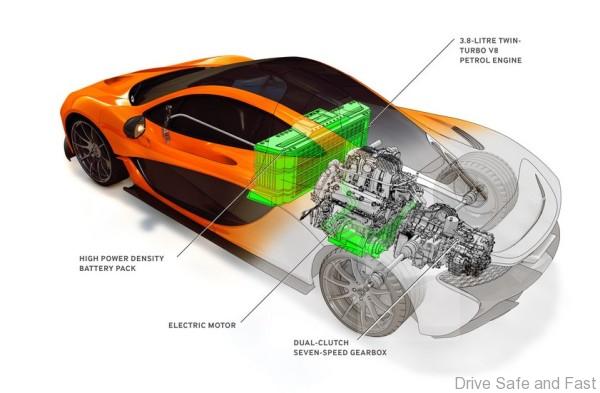
The large rear wing of the McLaren P1 optimizes aerodynamics by adjusting automatically. It can extend rearwards by up to 300mm on track and 120mm on road. This was developed using the same software and methodology as the McLaren Formula 1 team.
A DRS (Drag Reduction System) was integrated into the design of the McLaren P1 to reduce downforce and increase straight-line speed, achieved through the pitch of the rear wing, rather than by using a removable flap. A combination of CFD (computational fluid dynamics) aerodynamic modeling and many hours spent in a wind tunnel focusing on aerodynamic performance, resulted in downforce of 600kg at well below maximum speed.

The McLaren P1 had no floor carpet and no sound deadening to save weight. The glass was re-engineered to reduce weight – the super lightweight roof glass is chemically toughened, and only 2.4mm thick. The windscreen is just 3.2mm thick, including a plastic interlayer, saving at the time 3.5kg over the 4.2mm-thick screen of the Mclaren 12C.
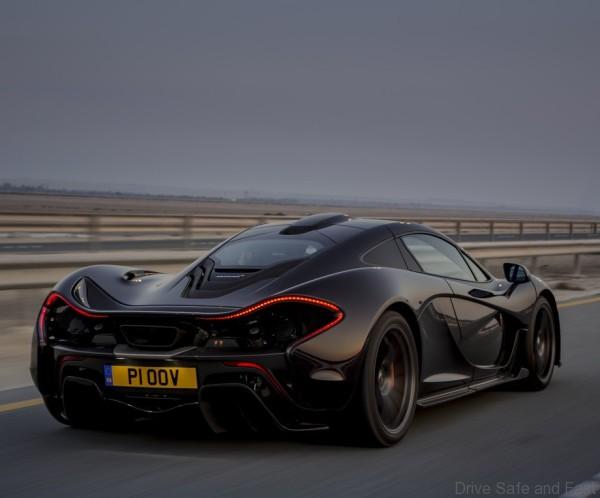
10 years after its first appearance at the Geneva Motor Show, the P1 remains the most iconic and recognisable McLaren Automotive products.

